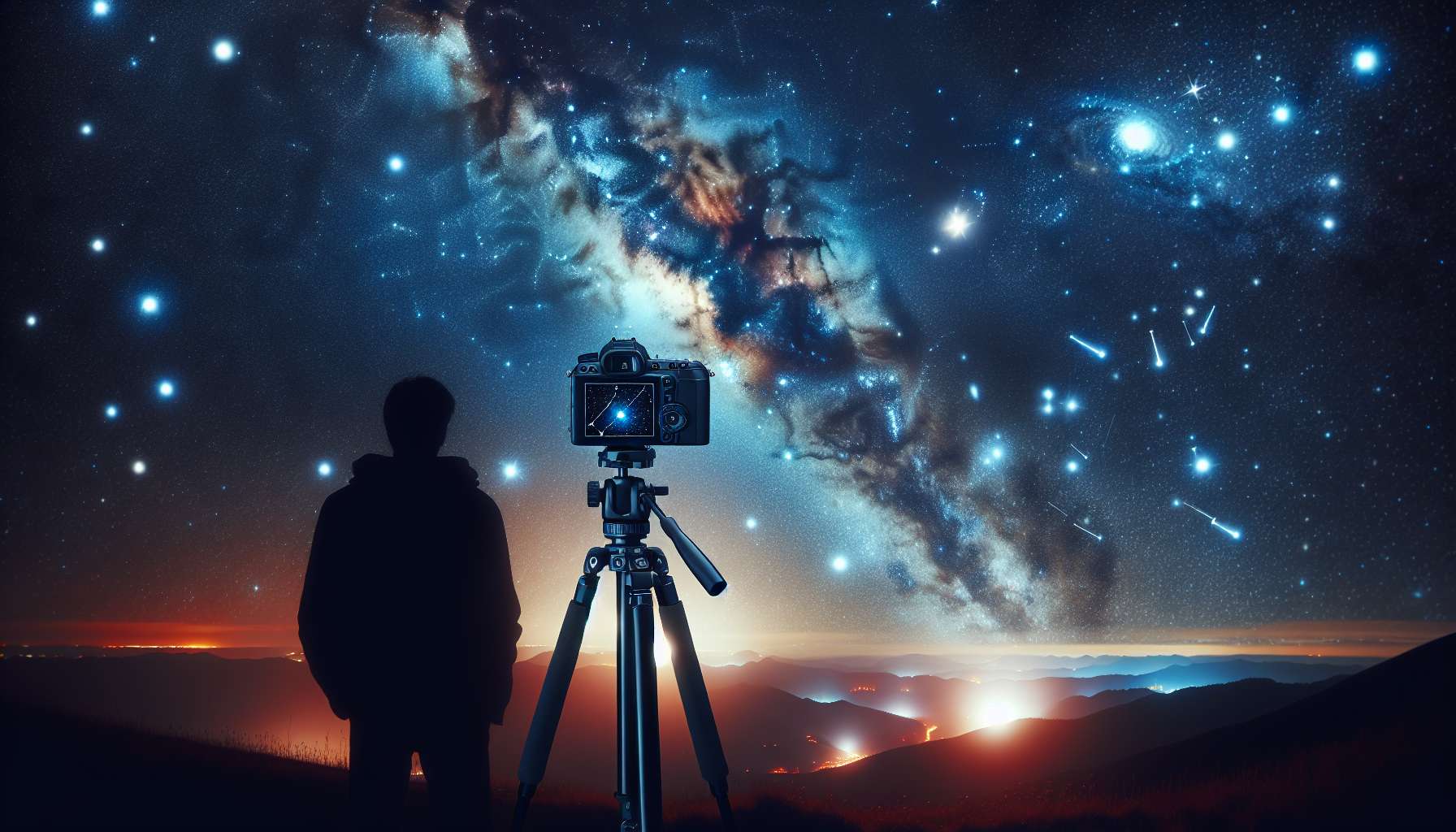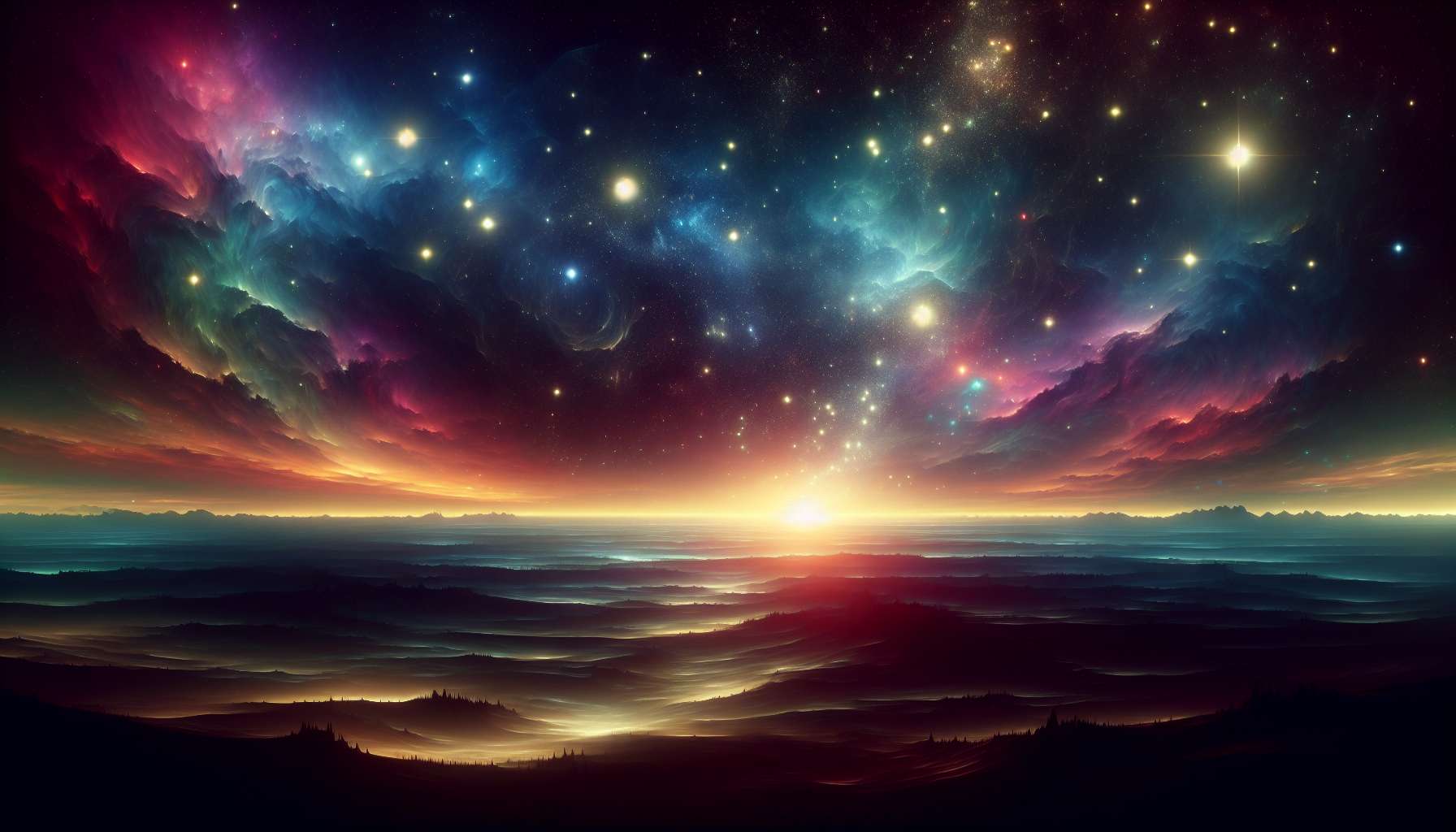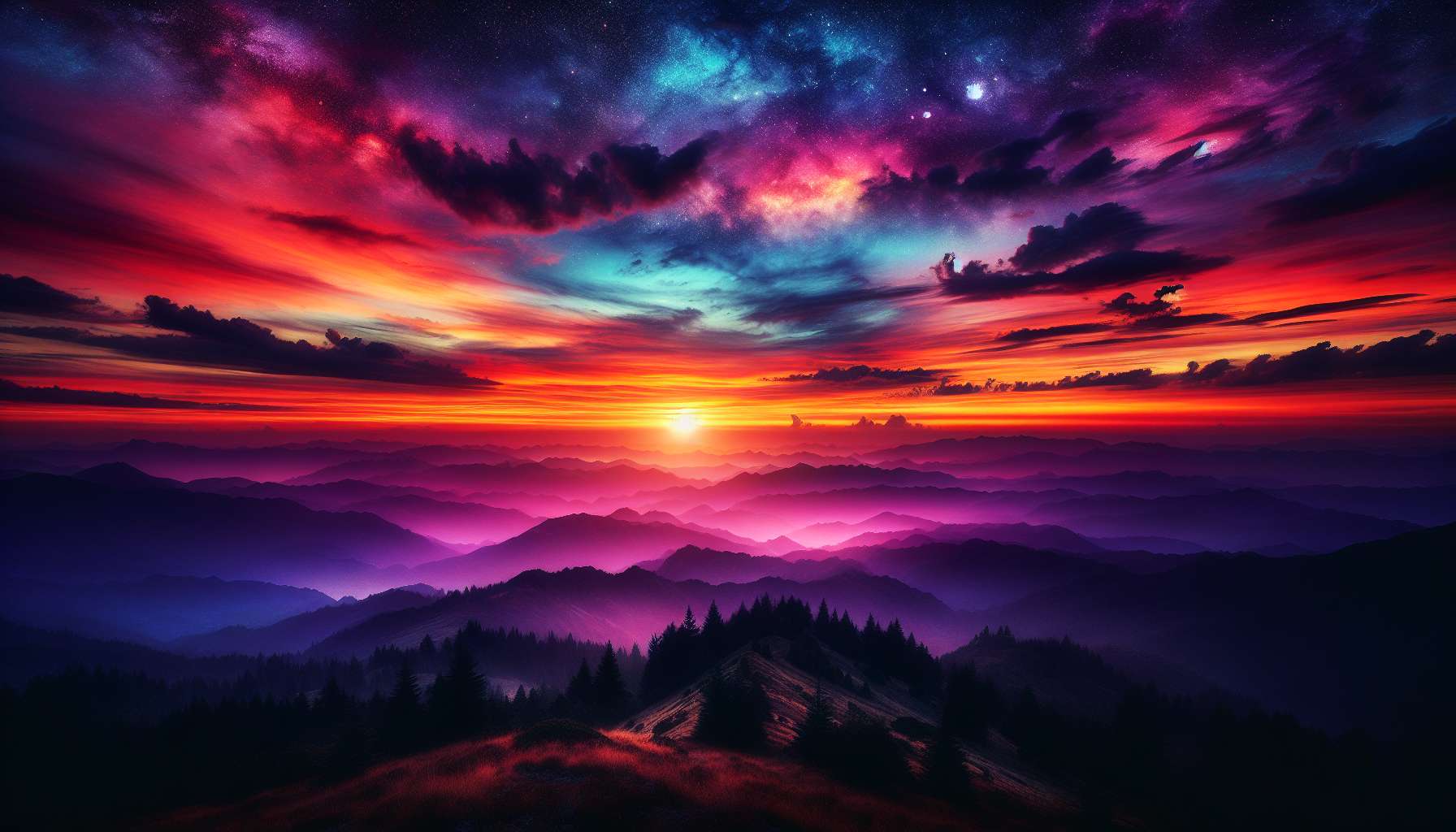Celestial Photography Techniques: Capturing the Wonders of the Universe
When you gaze up at the night sky, what do you see? Perhaps you notice the twinkling stars, the glowing moon, or the occasional streak of a passing comet. The vast expanse of the universe holds countless wonders waiting to be explored and captured through the lens of a camera. Celestial photography, the art of photographing celestial objects such as stars, planets, galaxies, and nebulae, offers a fascinating glimpse into the beauty and mysteries of the cosmos. In this comprehensive guide, we will delve into the techniques, equipment, and skills needed to master the art of celestial photography.
The Basics of Celestial Photography
Celestial photography, also known as astrophotography, presents unique challenges compared to traditional photography. The darkness of the night sky, the vast distances of space, and the motion of celestial bodies all require specialized techniques to capture stunning images. To begin your journey into celestial photography, you will need the following essential equipment:

Camera Settings and Exposure
One of the most crucial aspects of celestial photography is getting the right camera settings and exposure. Unlike daytime photography, capturing the night sky requires long exposure times to gather enough light from distant celestial objects. Setting your camera to manual mode allows you to adjust key settings such as aperture, shutter speed, and ISO to achieve optimal results.
Choosing the Right Location
The location plays a significant role in celestial photography. Light pollution from urban areas can obscure the faint details of the night sky, so choosing a dark, remote location away from city lights is essential. National parks, observatories, and high-altitude mountain ranges offer ideal conditions for capturing clear and detailed celestial images.
Tracking and Stacking Techniques
To capture sharp and detailed images of celestial objects, photographers often use tracking and stacking techniques. Tracking mounts allow the camera to follow the motion of the stars, compensating for the Earth’s rotation and preventing blurry images. Stacking multiple exposures of the same scene can also reduce noise and enhance the clarity of faint details in the final image.
Post-Processing and Editing
After capturing your celestial images, post-processing and editing play a crucial role in enhancing and refining the final results. Software programs such as Adobe Photoshop, Lightroom, or specialized astrophotography tools offer a range of tools for adjusting exposure, contrast, color balance, and removing imperfections from your images. Experimenting with different editing techniques can help bring out the beauty and detail of the night sky in your photos.
Expert Opinions
To gain further insights into the world of celestial photography, we reached out to several experts in the field for their perspectives and tips. Renowned astrophotographer Dr. Emily Johnson shared her thoughts on the importance of perseverance and patience in capturing stunning celestial images. “Astrophotography requires dedication and a willingness to spend long hours under the night sky,” Dr. Johnson emphasized. “The rewards of capturing a breathtaking image of the Milky Way or a distant galaxy make all the effort worthwhile.”
Common Misconceptions
Despite its popularity, celestial photography is often surrounded by misconceptions and myths. One common misconception is that expensive equipment is necessary to capture impressive celestial images. While high-quality cameras and lenses can enhance the results, beginners can still achieve stunning photos with entry-level gear and a solid understanding of photography techniques. Another misconception is that capturing celestial images requires advanced technical knowledge. While learning the basics of camera settings and exposure is important, practice, experimentation, and a passion for the night sky are equally essential for successful celestial photography.
Comparative Analysis
When comparing different approaches to celestial photography, it’s essential to consider the unique strengths and challenges of each technique. Traditional DSLR cameras offer versatility and ease of use, making them popular choices for beginners and experienced photographers alike. Mirrorless cameras, on the other hand, provide compact size, silent operation, and advanced features such as electronic viewfinders and in-body image stabilization. Dedicated astrophotography cameras offer specialized sensors, cooling systems, and software integration designed specifically for capturing celestial images with exceptional detail and clarity.
Conclusion
To wrap things up, celestial photography offers a captivating journey into the wonders of the universe, allowing photographers to capture stunning images of stars, planets, galaxies, and nebulae. By mastering essential techniques such as camera settings, exposure, location selection, tracking, and stacking, photographers can unlock the beauty and mysteries of the night sky. Post-processing and editing tools further enhance the quality and detail of celestial images, creating breathtaking visual experiences for viewers around the world. Whether you’re a seasoned astrophotographer or a beginner exploring the cosmos for the first time, celestial photography offers endless opportunities for creativity and discovery. So grab your camera, head outside, and capture the beauty of the universe with your lens!




